Photo by Pexels: Quang Nguyen Vinh
Types of plagiarism
The administrations of Canadian, British, Australian, and American universities keep a close watch on unique texts published by students and lecturers. If plagiarism is found in such works, the author faces severe sanctions. Copying other work and using it when writing a student or research paper is severely punished.
It is essential to check your papers for plagiarism to avoid consequences. Today, we look at the type of plagiarism, tell you how to prevent copying, and look at Skandy's text checker.
It is essential to check your papers for plagiarism to avoid consequences. Today, we look at the type of plagiarism, tell you how to prevent copying, and look at Skandy's text checker.
What are the different types of plagiarism
The law protects original texts, regardless of the field in which the author works. Using someone else's statements, research, or other written work in one's document, without mentioning the author is considered plagiarism. Such copying is considered to be an infringement of copyrights.
However, copying is not always intentional. For example, a student may unknowingly lean on a scholar's words. Copywriters sometimes forget to put in inverted commas, and novice writers are unaware of the need to use checking plagiarism online for free. To gain a deeper understanding of the problem, let's talk about the types of copying.
However, copying is not always intentional. For example, a student may unknowingly lean on a scholar's words. Copywriters sometimes forget to put in inverted commas, and novice writers are unaware of the need to use checking plagiarism online for free. To gain a deeper understanding of the problem, let's talk about the types of copying.
Direct Plagiarism
We will look at all the ways to plagiarize, starting with direct copying. It is a type of plagiarism in which a student or researcher copies someone else's text and passes it off as their work. Several criteria distinguish direct plagiarism:
- Plagiarism checkers and originality services give a minimum percentage of (0-5%);
- The author does not attempt to edit the text and hardly adds his thoughts to the document;
- Most often used by unscrupulous students who do not want to take the time to write a term paper or an essay.
Mosaic Plagiarism
Now let's talk about what mosaic plagiarism is. This type of plagiarism is not considered intentional. The author conducts his research and spells out the conclusion and concludes. However, fragments of other people's publications may be found in the content of their projects.
If you run such texts through accurate plagiarism checkers, it will look like a colored mosaic. The highlighted original pieces of content will be interspersed with non-unique pieces. Hence the name of the form. As a rule, the author caught up in Mosaic Plagiarism and was conscientious in writing the project but forgot to specify the sources and put inverted commas.
If you run such texts through accurate plagiarism checkers, it will look like a colored mosaic. The highlighted original pieces of content will be interspersed with non-unique pieces. Hence the name of the form. As a rule, the author caught up in Mosaic Plagiarism and was conscientious in writing the project but forgot to specify the sources and put inverted commas.
Paraphrasing Plagiarism
A student, copywriter, or professional working on a text takes someone else's work and rewrites it in their own words. This is what they call standard paraphrasing. Technically, the checker produces an utterly original text. In reality, the work will not be unique. The committee, professor, or editor who accepts the work will recognize the stylistics of the original author. It is more likely that such a paper will not be accepted.
The harshest punishment for paraphrasing is for students in American colleges. If there is minimal overlap, the student will receive a failing grade and an ethics lecture. A repeated incident could lead to expulsion from the institution.
The harshest punishment for paraphrasing is for students in American colleges. If there is minimal overlap, the student will receive a failing grade and an ethics lecture. A repeated incident could lead to expulsion from the institution.
Self Plagiarism
Self-plagiarism is a type of copying in which a person working on a project uses their publications without citing the source.
Professors, academics, or well-known writer-publicists most often encounter self-plagiarism. Such professionals have published thousands of books, articles, and monographs. They unknowingly duplicate conclusions on which they have previously relied. Unlike the past types of plagiarism, this type of duplication would not be theft. However, the text will not be able to pass scrutiny from the checkers.
Professors, academics, or well-known writer-publicists most often encounter self-plagiarism. Such professionals have published thousands of books, articles, and monographs. They unknowingly duplicate conclusions on which they have previously relied. Unlike the past types of plagiarism, this type of duplication would not be theft. However, the text will not be able to pass scrutiny from the checkers.
Inaccurate Authorship
Inaccurate Authorship takes two forms when working on a document:
- When several people worked on the document, each contributed to the study: collecting the methodological basis, formulating the objectives, and solving the problems. However, only one author was named in the publication.
- When two or more authors worked on the study, each received equal legal rights to the published work. However, the contributions to the paper were not identical.
Accidental Plagiarism
Accidental plagiarism is an unconscious type of copying and is the most unfair type of plagiarism. In this case, the author works on the text themselves but, when checked, gets an article with low originality. Duplication can be accidental for several reasons:
- The researcher lacks a methodological framework;
- The author is insufficiently qualified in the topic;
- There is a lack of theoretical knowledge or practical experience;
- No one form of writing has been formed on its own. A lack of originality in the writing style.

Photo by Pexels: Michael Burrows
Use online plagiarism checkers
In this article, you have looked at all the common forms of plagiarism. Types of paraphrasing vary, but if you use even one of them, you may face severe academic consequences. To avoid them, always use online checkers to check your text for uniqueness.
Text author: Columbia Proof
21 june 2022
21 june 2022
Did you like this article?
Start using Skandy Premium
Detect copy-pasted and AI-generated content with Skandy's fast and smooth experience
